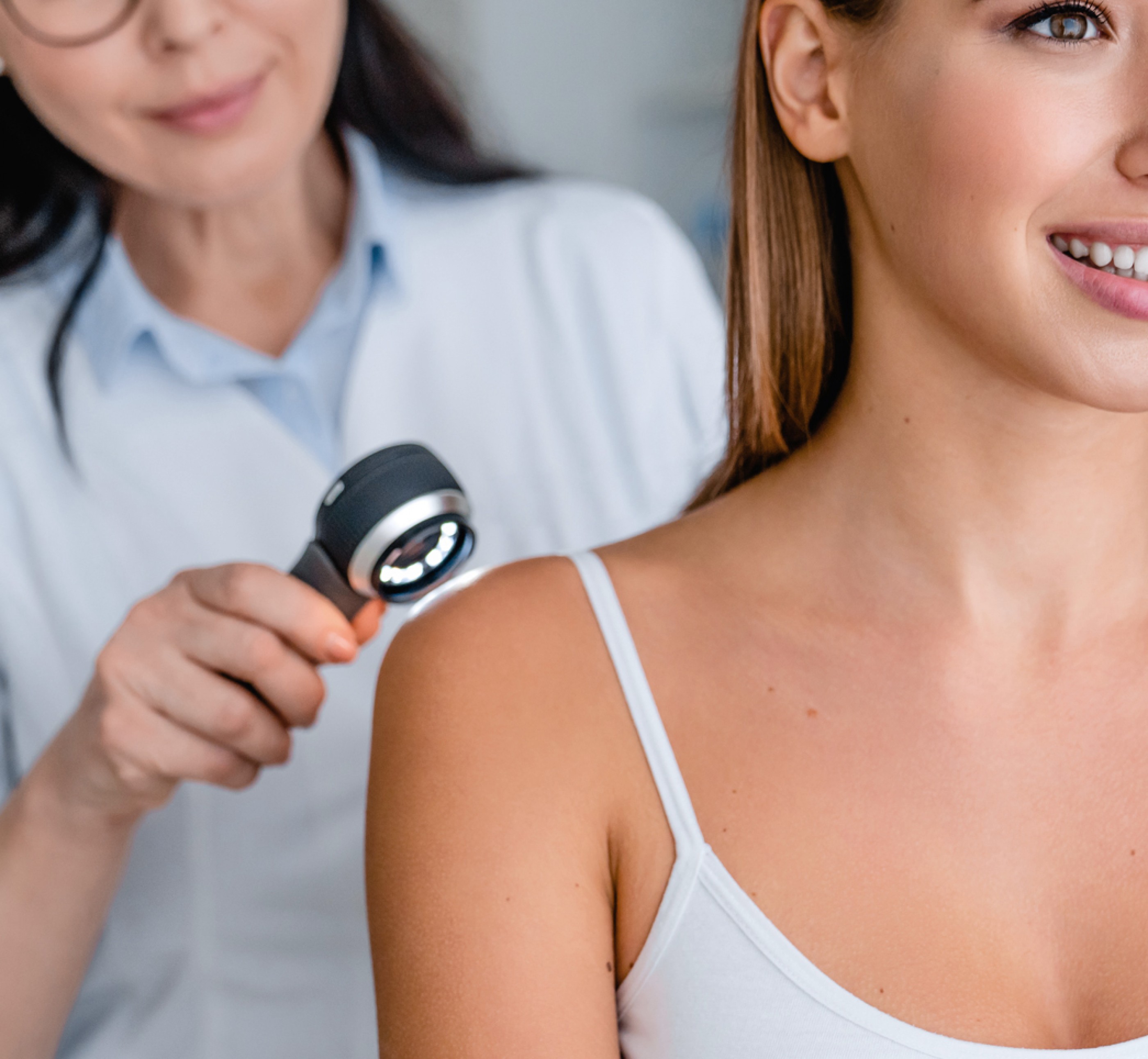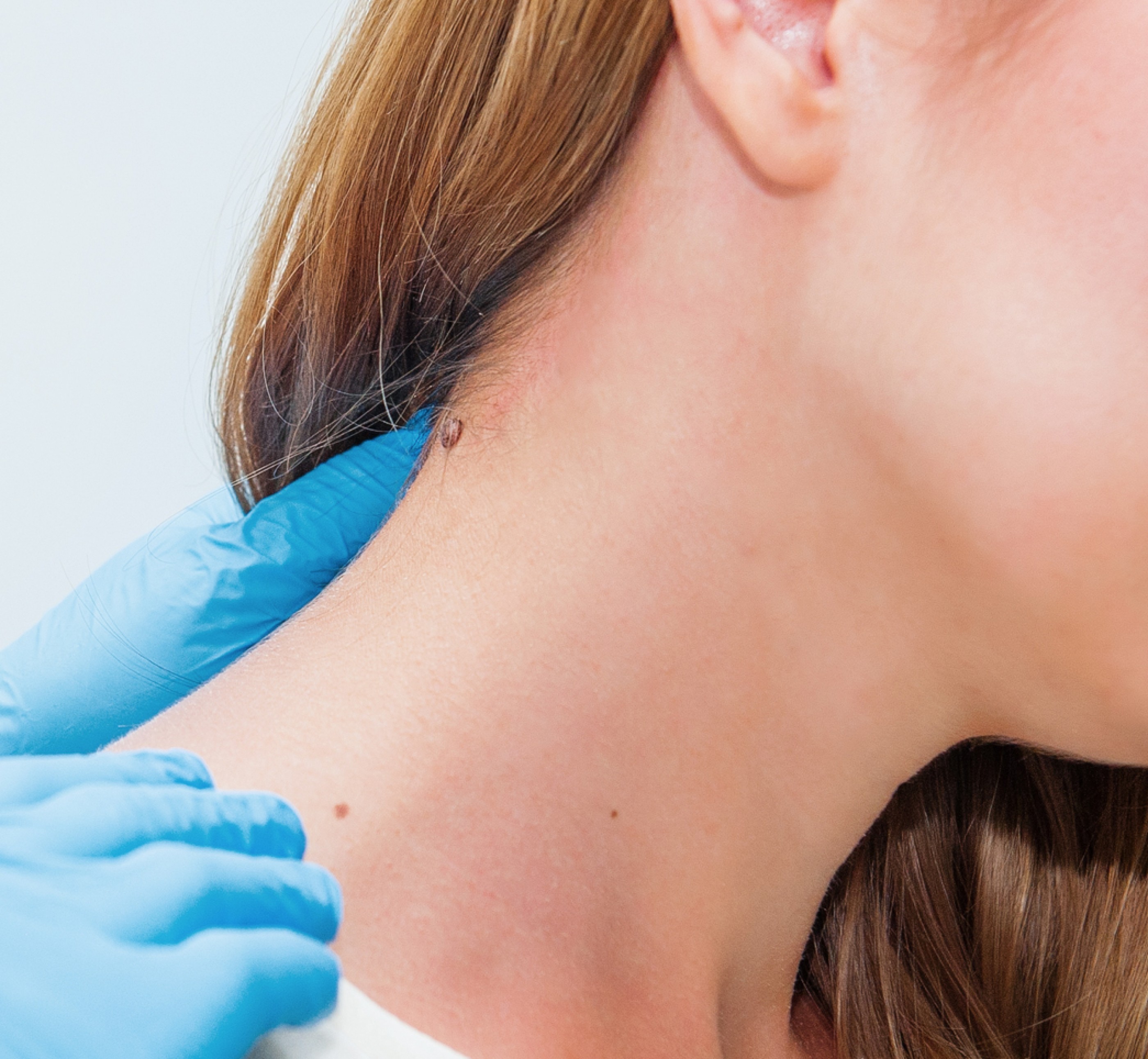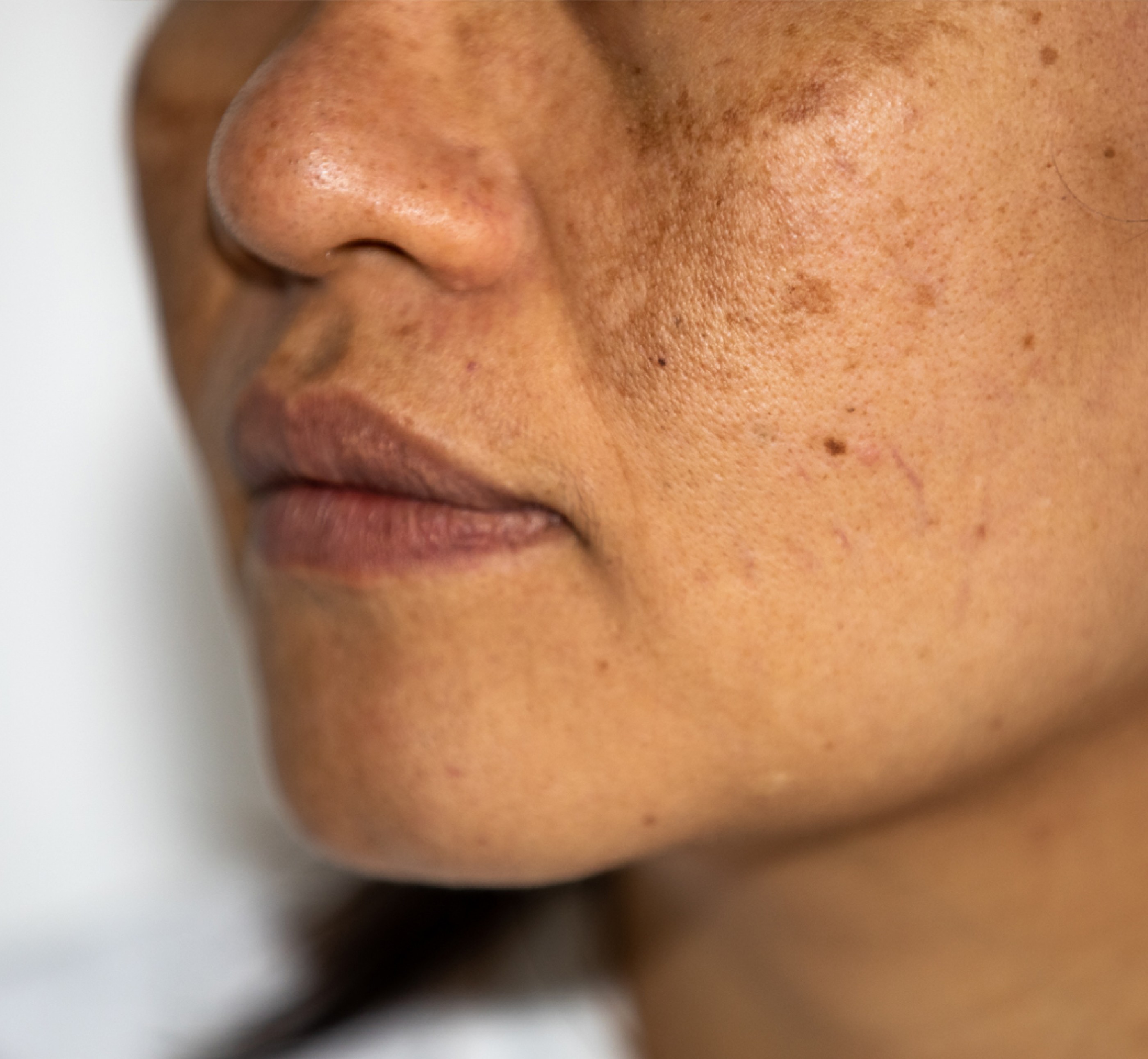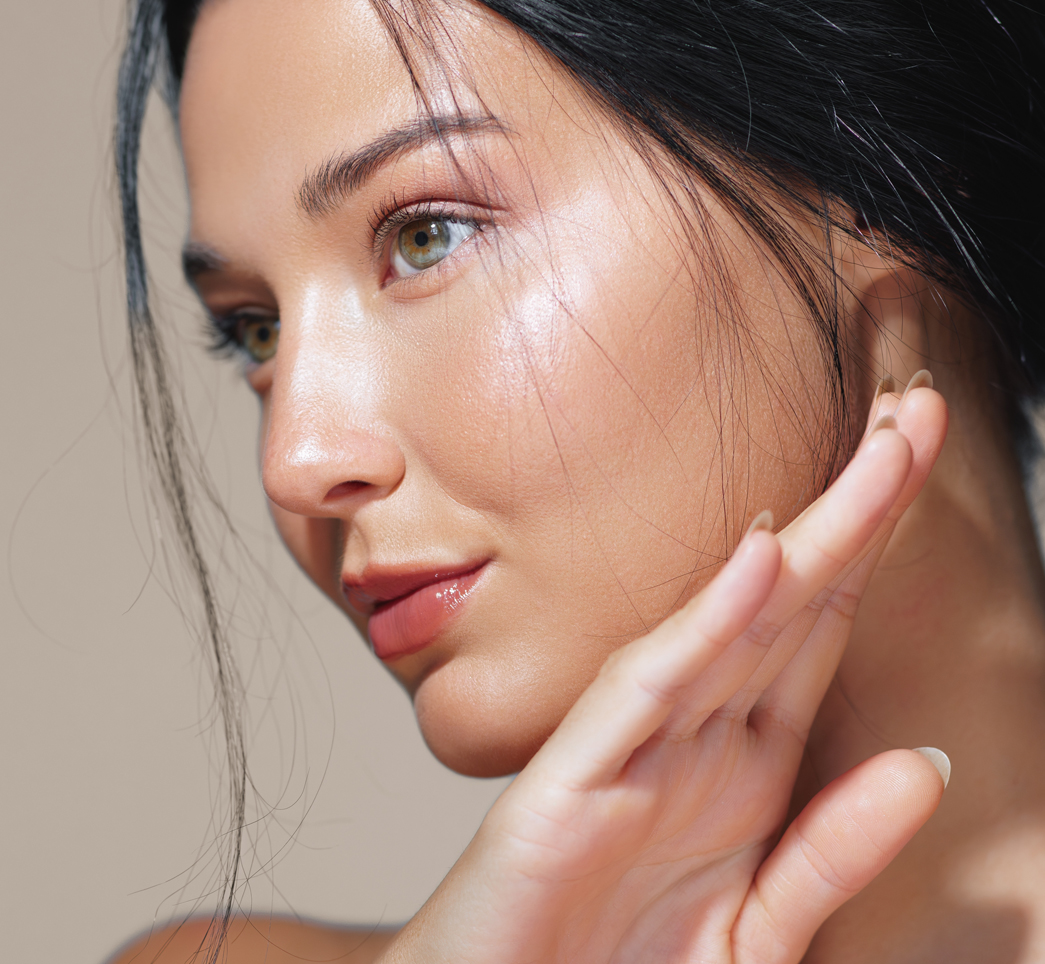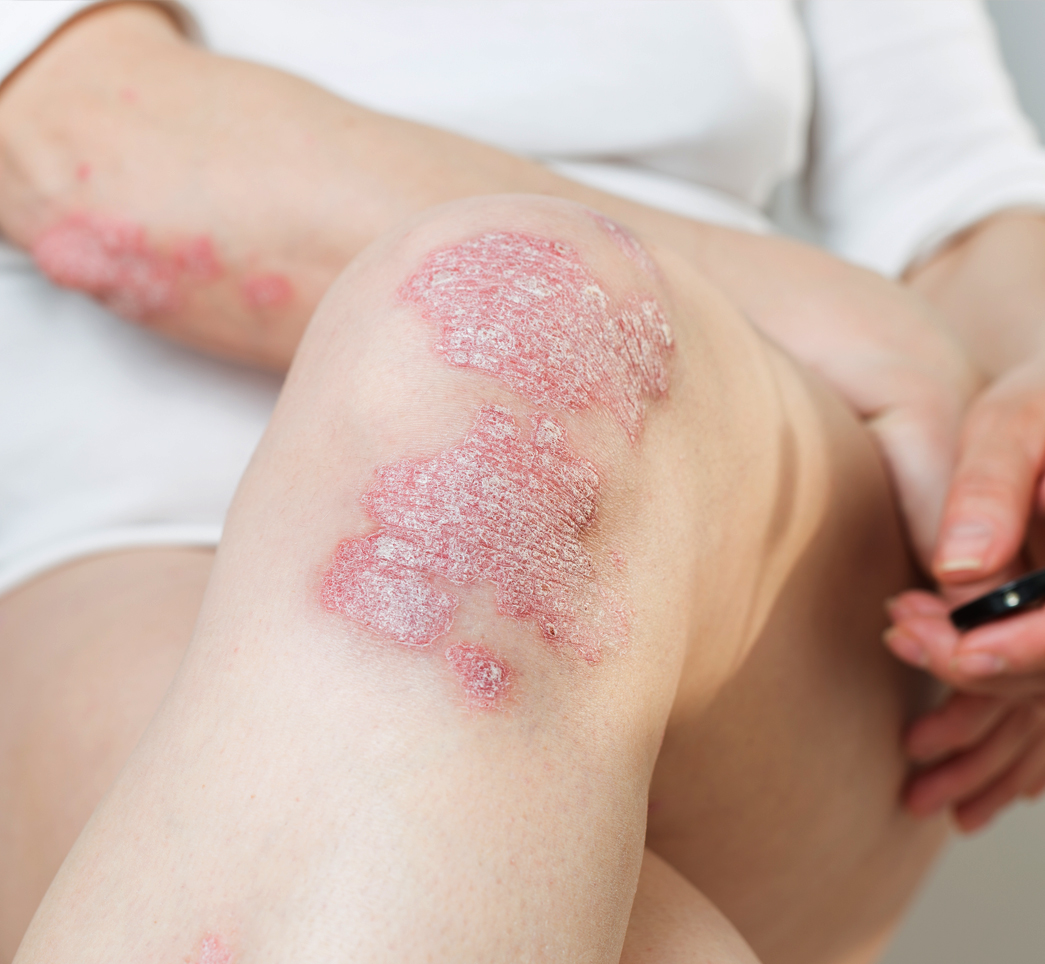The Blog
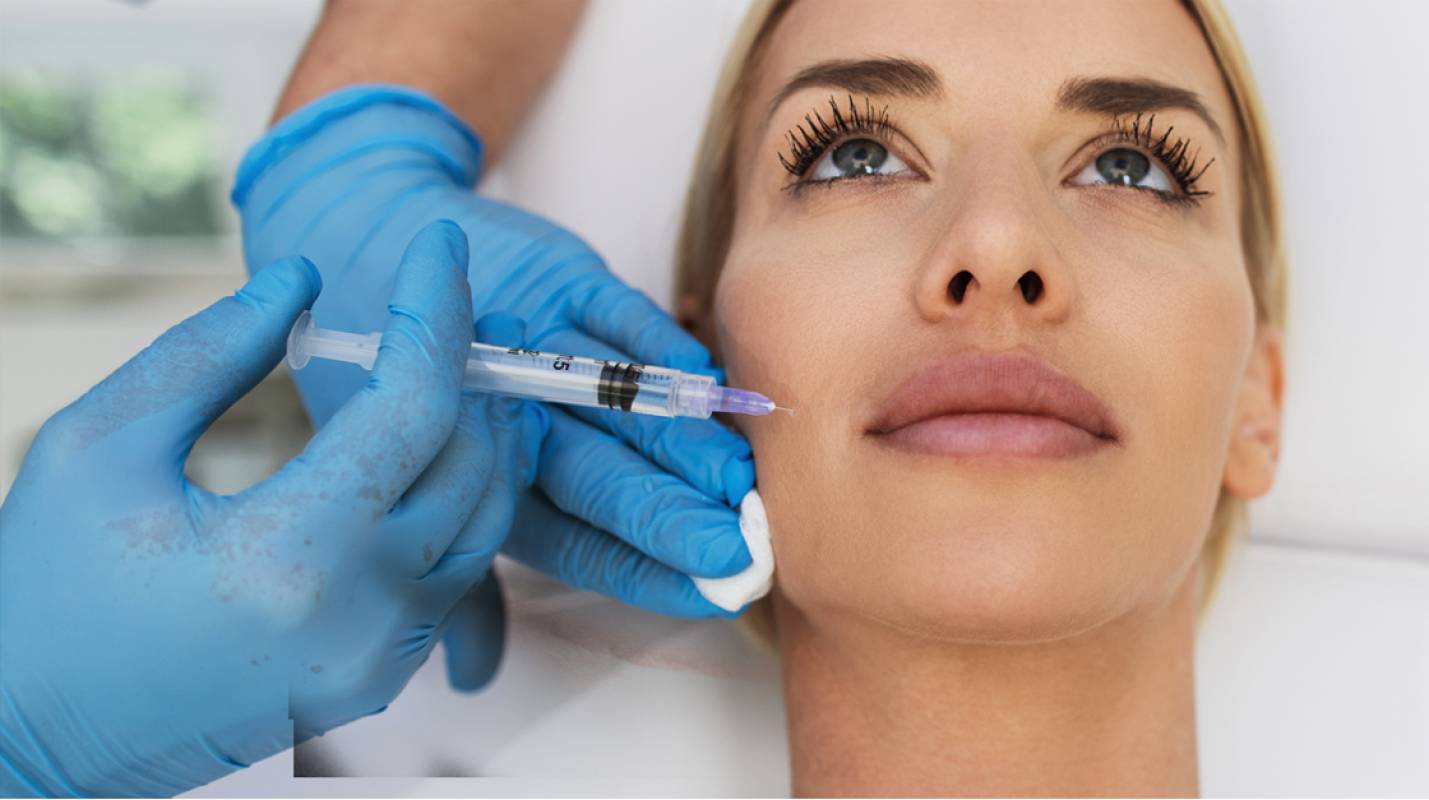
If you are reading this, you probably have a friend of a friend who has a horror story to tell you about their experience with botox or filler. The reality is that complications are few and far between IF you are in the hands of an experienced injector. Medical doctors and practitioners are highly trained in anatomy of the facial structures and are always the preferred choice when choosing your injector. However, even the most experienced and seasoned professionals have adverse outcomes from time to time. It is important to not only know the potential risks of these cosmetic procedures, but also to be prepared for what to do if these happen to you.
Let’s start with Toxins.
Neurotoxins, i.e. Botox, Dysport, Xeomin, all work very similarly when they are injected into a muscle. They work by blocking the transmission of nerve impulses to muscles, thus, temporarily paralyzing the muscle they are injected into. So, it becomes very important to have an injector that is familiar with facial anatomy, and who understands which muscles should be injected to get the desired outcome.
Even when these toxins are injected into the appropriate muscle groups, there is a potential for the medication to spread and transfer to the surrounding muscle groups. When muscle groups in the vicinity are paralyzed, this can potentially result in the following adverse events depending on where the medication migrates:
- Eyelid Droop aka Ptosis
- Teary Eyes or Dry Eyes
- Lower Lip Droop
- Drooling, or Uneven Mouth
- Difficulty Swallowing
- Trouble Talking or Hoarseness
The potential for these adverse effects can be minimized by following instructions post-neurotoxin treatment:
- No exercise for at least 24 hours
- No laying down for 4-6 hours
- No massaging or touching the injection sites for at least 6 hours
What should you do if you experience the dreaded eyelid droop or lower lip droop?
The first thing you should do is let your provider know and schedule a follow up visit. In some cases, additional neurotoxin can be placed in strategic areas to help minimize the appearance. In other cases, massaging the eyelid itself (after 24 hours from the injection) can help to regain some function. Additionally, once your provider has evaluated your specific case, they may prescribe a medicated eye drop called apraclonidine which tightens the eye muscle and can help reduce the appearance of drooping and increase function. Inevitably, the neurotoxin will eventually wear off (usually 3-4 months after injection) and the eyelid will regain full function in almost all cases.
Dermal Fillers: What are they, what are they used for, and what are they made of?
Fillers are injectable substances that are designed to be injected underneath the skin to add fullness and volume to the face or other treatment area. There are many FDA-approved fillers available for use and many different cosmetic uses for them. A few of the most common reasons to use fillers are restoring volume loss in the face that occurs with aging, plumping the lips, correcting congenital asymmetries of the face, filling scars, among many others. There are multiple different substances that can make up a filler. These substances include the following:
- Calcium hydroxylapatite, mineral-like compound found in bones. (Radiesse)
- Hyaluronic Acid, which is found in some fluids and tissues in the body, can plump and add fullness to the skin (Juvederm, Restylane)
- Polyalkylimide, a transparent gel that is compatible with the body (Aquamid)
- Polylactic acid, stimulates the skin to make more collage (Sculptra)
- Polymethyl-methacrylate microspheres (PMMA), semi-permanent filler (Bellafill)
First and foremost, it is important to have a thorough and complete examination and consultation with your medical provider to determine which filler and which technique is best for you. Choosing the correct filler can avoid unwanted outcomes in itself. Another key component is correct placement. A medical provider who is very knowledgeable and skilled in facial anatomy and structures is trained to understand correct placement of these fillers to obtain the desired result.
Let’s dive into potential complications with Filler.
Undesired outcome
• Incorrect or superficial placement of a filler can create band-like protrusions underneath the skin. Or there is always a potential for an area to be overfilled that creates an unnatural appearance or asymmetry.
• In some cases, the area can be gently massaged or molded to push the filler into the correct area and smooth it out. However, when the area is unable to be massaged and corrected, there is an option for an injection that can reverse and dissolve the filler. This injection is made up of a material called hyaluronidase. It is only effective with hyaluronic acid fillers and will not be effective against non-HA fillers.
• These injections are usually at an additional cost, so keep that in mind when budgeting for your procedure.
Sensitivity and Allergy
While sensitivity to a product is possible, it is uncommon. Certain products, such as Bellafill, do require a sensitivity test prior to the full treatment. This is used to help minimize this adverse event. If you experience significant swelling, itching, rashes, difficulty breathing, wheezing, you must report this to your provider immediately.
Infection
Infection is possible with any procedure that is compromising the skin barrier. This again can usually be prevented with the proper sterile technique prior to your injections. An antibacterial wash or solution should be used to the entire treatment area before injections are performed. In addition, your medical provider is well versed in sterile precautions to prevent cross contamination. In case of infection, this may result in fever, night sweats, chills, severe pain or swelling over the treated area. You must report this to your provider immediately and you will be treated appropriately with antibiotics.
Vascular Occlusion and Skin Death
• This is by far the most concerning and dreaded adverse event that can occur with dermal filler.
• This is a rare complication that can occur when a filler is injected directly into a blood vessel. As the filler clogs the blood vessel, the blood supply is cut off from its normal route to the skin or other underlying structures. Immediately this can appear as a bluish, dusky discolored area on the skin. This can also result in a focal area of the skin feeling very cold. It is also usually very painful - however sometimes when there is anesthetic used on the face, the pain may not be totally apparent to the patient at the time of occlusion. If this complication is not caught early, this can lead to cell death and necrosis of the skin leading to permanent disfigurement in some cases.
• This adverse event can be avoided by knowing the anatomy of the face, and by aspirating the needle prior to each injection. Aspiration is a technique that pulls back the plunger prior to injecting the medication. This method ensures that there is no compromised blood vessel in the area prior to injecting. If there is blood seen in the needle when aspirating, your provider will not inject.
• The experienced medical professional is highly trained to look out for the signs of vascular occlusion and act fast to correct it. However, you should be aware of the signs to look out for as well and report any signs of vascular occlusion immediately.
• Hyaluronidase enzyme injection can be immediately injected to the affected site to dissolve the filler and restore blood flow. Again, it is important to note this injectable is only effective for hyaluronic acid fillers.
The most important takeaway from this article is to choose your injector wisely! When you are in the hands of an experienced medical professional who understands facial anatomy, who is well-versed and experienced in up-to-date injection techniques, and who is accustomed to practicing sterile precautions - your risks from these procedures are significantly minimized. Nevertheless, before getting any sort of procedure or injectable you must know what your risks are and feel comfortable to discuss these risks with your provider. I hope this article was informative and helps you better plan for your next cosmetic procedure. Happy injecting!




